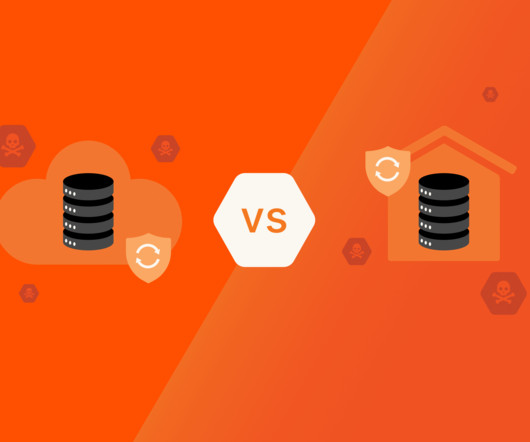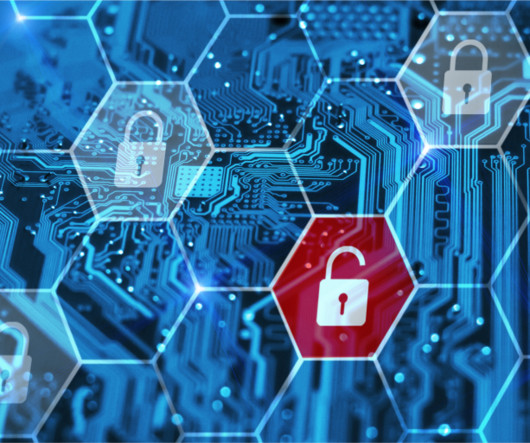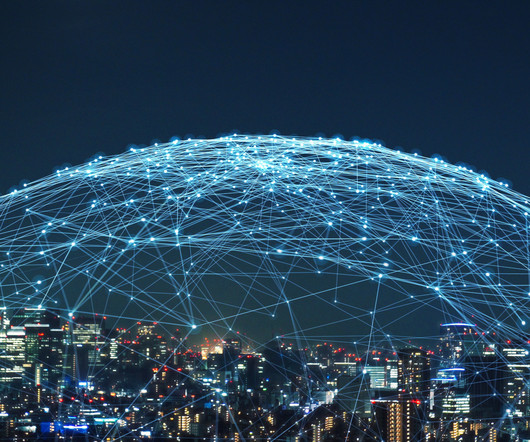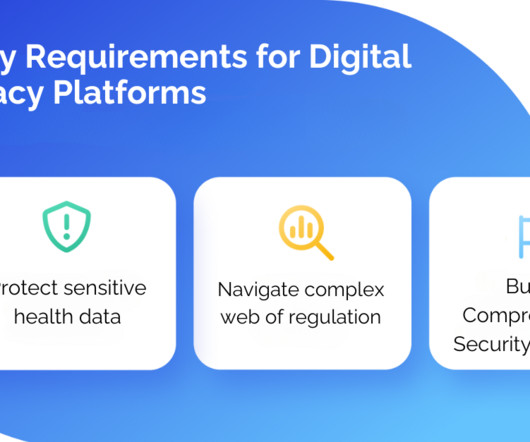What Is Cyber Extortion? Tips for Securing Your Data
Pure Storage
DECEMBER 17, 2024
Once installed, the malware locks critical files and displays a ransom note demanding payment, often in cryptocurrency. Sextortion scams surged during the COVID-19 pandemic, with attackers sending emails claiming to have hacked webcams or email accounts, demanding Bitcoin to delete the alleged footage. million paid to cybercriminals.





















Let's personalize your content